BioResearch
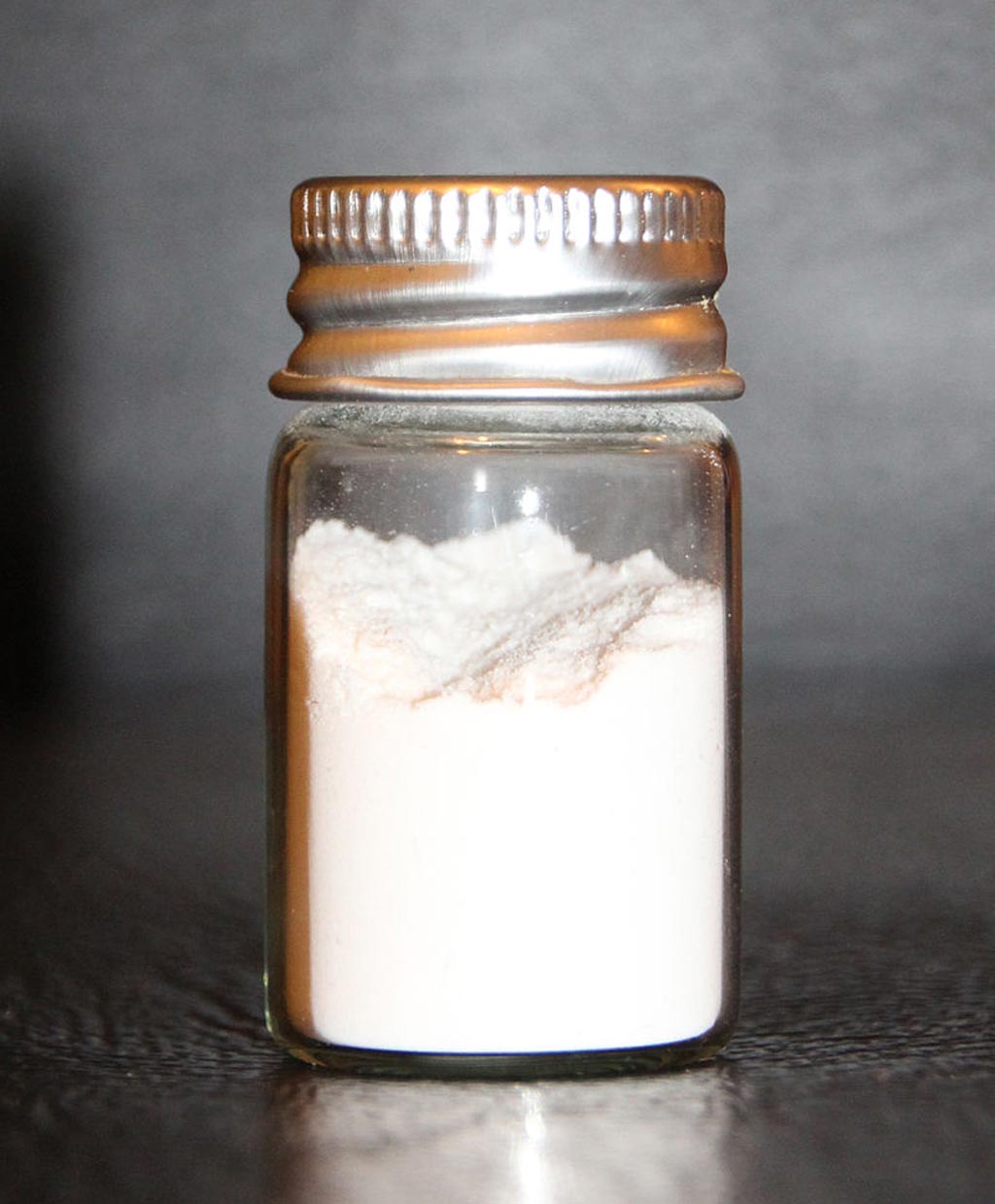
Silicon Treatment Preserves Antibiotics and Vaccines for Years
A novel method for encasing molecules of biomedical interest such as antibodies and vaccines in silica "cages" stabilizes them against denaturing thermal treatment and long-term ambient-temperature storage, and subsequently enables them to be released into solution with their structure and function intact. More...03 May 2017
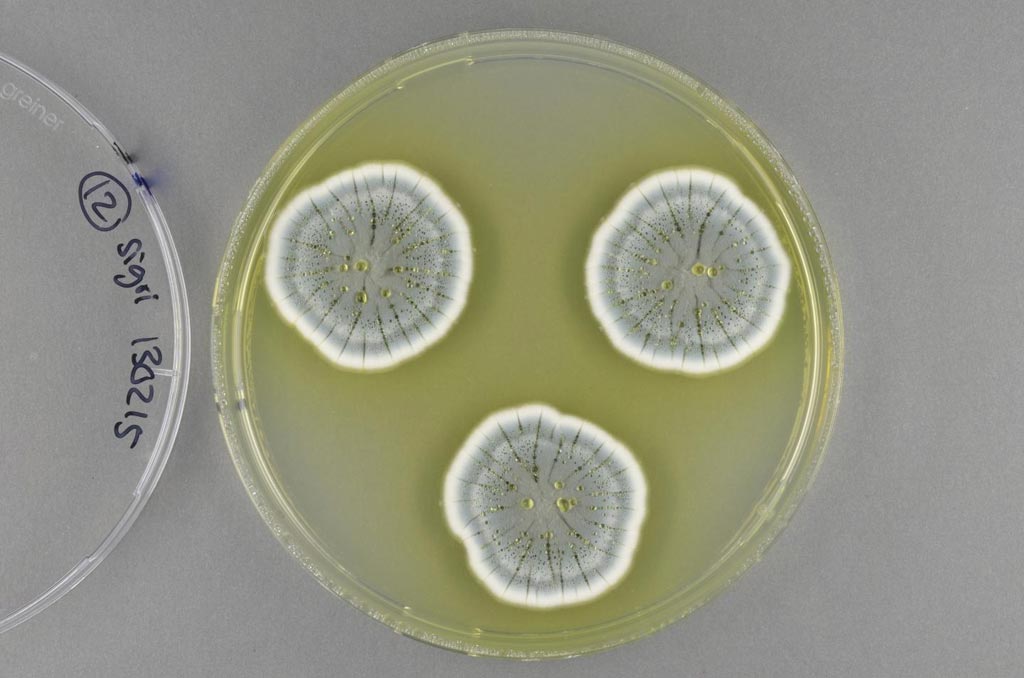
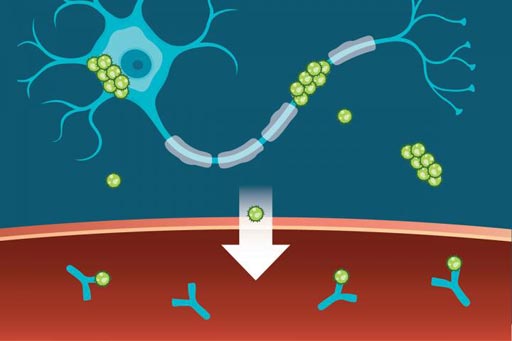
Anti-Tau Antibody May Facilitate New Diagnostic Procedures
The novel use of an antibody that specifically recognizes the tau protein may pave the way for development of a method to quantitate this protein, which has been linked to several debilitating neurological disorders, in samples of blood or plasma. More...01 May 2017
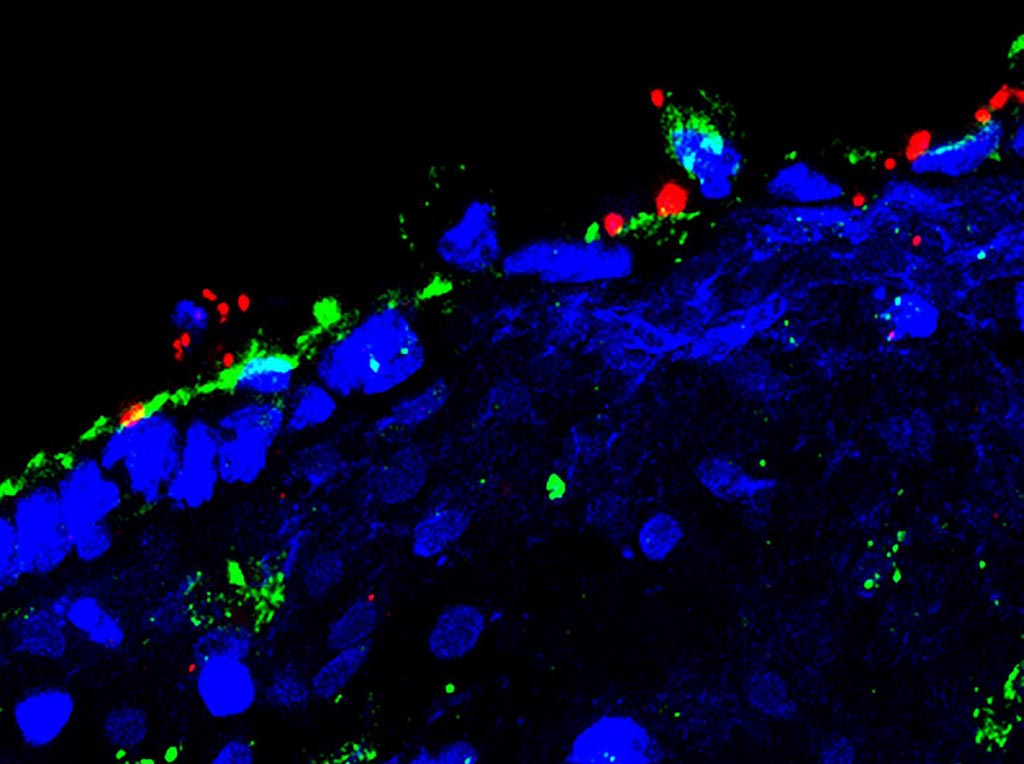
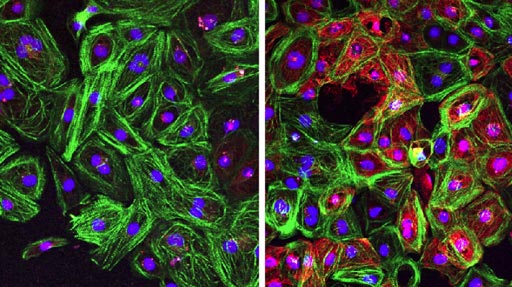

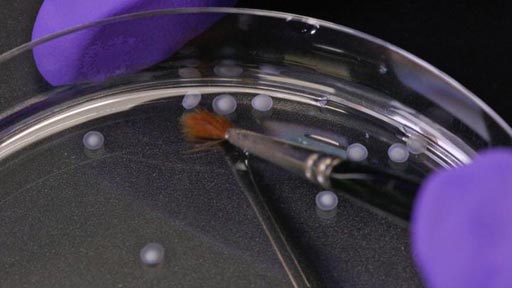
Novel Organoid Culture System Used for Brain Cell Research
Brain cells - derived from pluripotent stem cells - growing in culture assemble into three-dimensional (3D), brain-like structures (organoids) that can serve as an experimental model system for studies into the cellular biology of the normal and diseased brain. More...24 Apr 2017
In Other News
Progenitor Cells Show Promise for Repairing Heart Attack Damage
Study Explains How Drug Carriers Interact with Immune System
New Chemical Cocktail Enables Study of Totipotent Stem Cells
X-Ray Crystallography Findings Aid Discovery of New Drugs
Induced Pluripotent Stem Cells Recovered from Urine
Cancer Growth Influenced by Myosin and FAK Protein Interaction
Cholesterol-Lowering Small RNA Drug Shows Promise in Early Trial
Interaction between Proteins Revealed by Cryo-EM Mapping
Cloud-Based App Enhances Performance of Pipette Line

Fruit Fly Model Used to Detect Proteins Coded by Circular RNAs
Cryomicroscopy Enhances Mapping of Cystic Fibrosis Protein
Heating Method Developed for Rapid Delivery of Macromolecules
Nanoscale Device Developed for Separation of NA Mixtures
Elevated Methylthioadenosine Levels Linked to Poor Sepsis Prognosis
Paper-Based Battery Powers Microfluidic Devices
Drugs Identified May Stimulate Axon Regeneration
RA Drug Blocks Growth of PTEN-Mutant Cancers
Stem Cell Structure to Facilitate In Vitro Embryonic Studies
Biomechanical Stress and Inflammation Linked Using Muscle Cells
Black Carbon Nanoparticles Modify Pathogens and Affect Resistance
Miniaturized Gene Editing for Treatment of Macular Regeneration
Genetic Remodeling Transforms E. Coli into Intestinal Pathogen
Researchers Define Autoantibody-Producing Role of B-Cells in RA
BioResearch brings the latest research news on the genome, proteome, metabolome, on drug discovery, and therapeutics. Biotech researchers, lab administrators, technologists, drug manufacturers, and suppliers can find the latest research news and information related to their fields of endeavor here.











